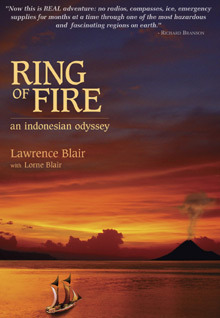The stirring conclusion to my 2013 round-up. I read 21 books, here are Nos. 1-7 ranked not necessarily in order of literary greatness, but in terms of my enjoyment of the book, whether it dazzled me with language, or made me think new thoughts, or made me want to make things, or made me feel something, or all of the above.
***

1. Speedboat (1976) – Renata Adler (NYRB Classics, 2013 reprint edition. Purchased at Spoonbill & Sugartown. On the Permanent Keeper shelf, signed by R. Adler.)
New York in the 1970s, a peek into the insomniac consciousness of a journalist, a woman. Fragmented into perfect paragraphs. Paranoia, travels, anecdotes, affairs, drinking, childhood, politics, seen through sharp eyes and vulnerable soul. Brilliant.
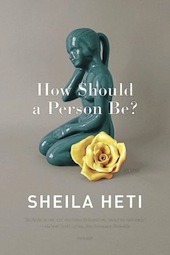
2. How Should a Person Be? (2012) – Sheila Heti (Picador, 2013 reprint edition. Purchased at a bookstore. Loaned to a friend.)
Ballsy. I admired Heti’s lack of fear in writing about art & wanting to make art, about sex, about obsession, about being petty, even. Very funny, sometimes. Sometimes annoying, when it aimed for grandiosity, but it annoyed me in the ways I annoy myself. It had the feeling of a graphic novel, maybe because so much of it was written in dialogue.
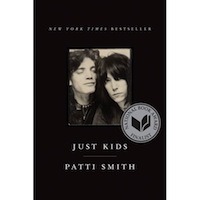
3. Just Kids (2010) – Patti Smith (Ecco. Purchased at a bookstore. On the Permanent Keeper shelf.)
Second time I read this. A comforting book for the winter. She makes me want to draw, write, make collages, dream, with unabashed enthusiasm. A gentle book, gentle handling of Mapplethorpe’s hustling, episodes of lice, freezing winters, getting jeered on stage, etc., seen through the burnish of nostalgia. She recognizes this aspect, though, that the book is an act of love and therefore gentle about the difficult times. This time around, I noticed many more allusions to rock lyrics hidden in her text, and I admired the writing style – spare & elegant.
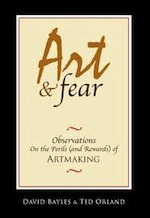
4. Art and Fear: Observations on the Perils (and Rewards) of Artmaking (2001) – David Bayles and Ted Orland (Image Continuum Press. Passed on to me by a friend, who found it in a book box on the street in Brooklyn. In the art book shelf.)
A second read. Like a voice of common sense in your head, a good talk with a friend: focus on the process, not the final criticism or adulation, keep making stuff, if that’s what makes you tick.
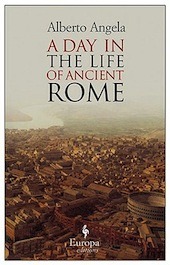
5. A Day in the Life of Ancient Rome: Daily Life, Mysteries and Curiosities (2009) – Alberto Angela, trans. Gregory Conti (Europa Editions. Purchased at B&N, USQ. Kept on the “will possibly re-read or loan to someone” shelf.)
The author worked in documentary TV, and the book gives this feeling, in a good way. Cinematic in its descriptions, a friendly narrative voice takes you on a tour of Ancient Rome from dawn until midnight, taking you through the homes of people of various social classes, the markets, the Senate, the Coliseum, the communal bathrooms… A social history I’ve always wanted to read: instead of focusing on battles and emperors, it brings the daily details of existence to life. A charming translation that retains the feel of Italian.
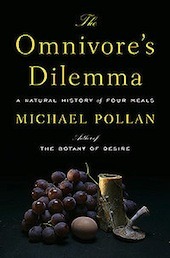
6. The Omnivore’s Dilemma: A Natural History of Four Meals (2006) – Michael Pollan
Wow was this book good. A lasting contribution. It felt so fresh, even 7 years after its initial publication and all of the hype surrounding it. I like that he went beyond taking an activist, awareness-raising perspective regarding American production, consumption and attitudes towards food (although there are shades of this) and assumed a bigger point view, which includes human evolution, philosophy, ethics and his own personal perspective, which was so open and touching.
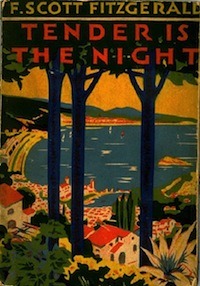
7. Tender Is the Night (1934) – F. Scott Fitzgerald
Glamorous, escapist stuff… The French Riviera, Switzerland, Paris. A golden couple with a secret. Americans must have been so obnoxious, actually, taking over struggling post-WWI France. It was the first time I thought this reading Fitzgerald. Laughed at his digs at the British, they are always duds in this book.


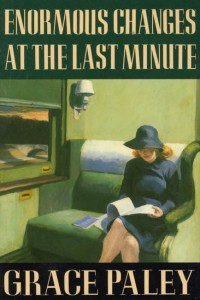 1. Enormous Changes at the Last Minute (Farrar, Straus & Giroux, 1974) – Grace Paley
1. Enormous Changes at the Last Minute (Farrar, Straus & Giroux, 1974) – Grace Paley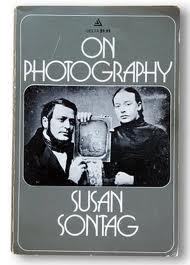 2. On Photography (Farrar, Straus and Giroux, 1977) – Susan Sontag
2. On Photography (Farrar, Straus and Giroux, 1977) – Susan Sontag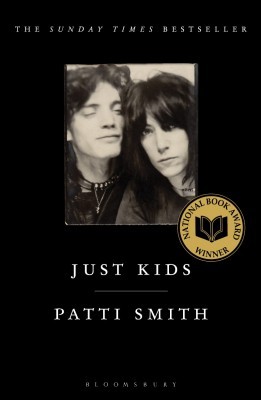 3. Just Kids (HarperCollins, 2010) – Patti Smith
3. Just Kids (HarperCollins, 2010) – Patti Smith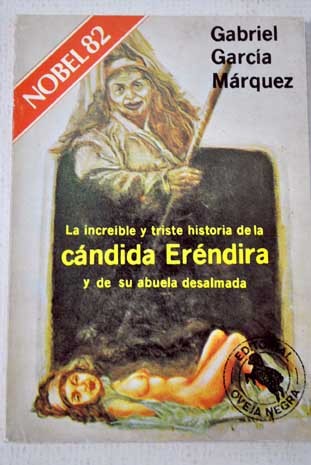 4. La increíble y triste historia de la Cándida Erendira y su abuela desalmada (1972)- Gabriel García Márquez
4. La increíble y triste historia de la Cándida Erendira y su abuela desalmada (1972)- Gabriel García Márquez 